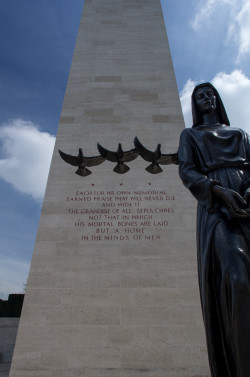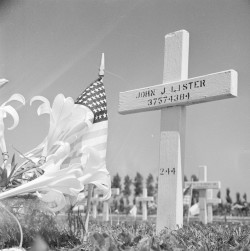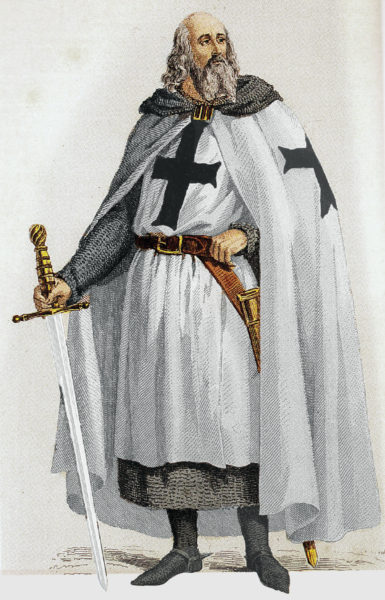
Posting this blog on or near the fifth of each May has been a tradition for me.
Liberation Day (also known as Freedom Day) for Holland was 5 May 1945. Canadian forces along with other Allied forces were able to obtain the surrender of German forces in the small Dutch town of Wageningen. This led to the complete surrender and liberation of the country.
NETHERLANDS AMERICAN CEMETERY (MARGRATEN)

There is a cemetery near Maastricht. It is the final resting spot for 8,301 American soldiers and a memorial for the 1,722 men missing in action. They were the casualties of Operation Market Garden (17–25 September 1944) and other battles aimed at liberating Holland. Operation Market Garden was a failed Allied attempt to liberate Holland on their path to Berlin. Other military cemeteries are located nearby for the British and Canadian men who did not survive the battle.

Individual Dutch families have adopted every man who perished in the battle. Each man’s grave is kept up and decorated by their adopted family. Even a portrait of their adopted soldier sits in their respective homes. Read More Twenty Years After the End of World War II: Dutch Memories


